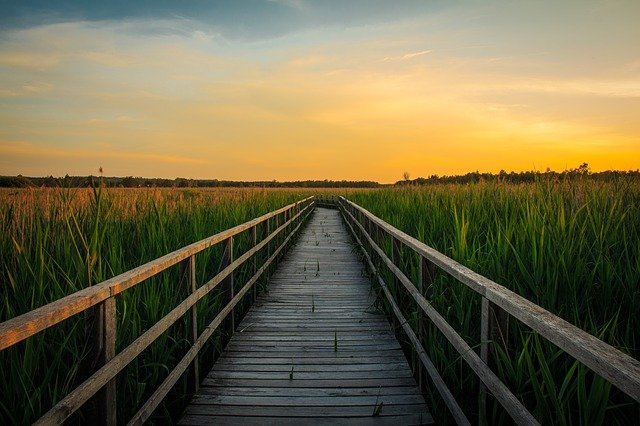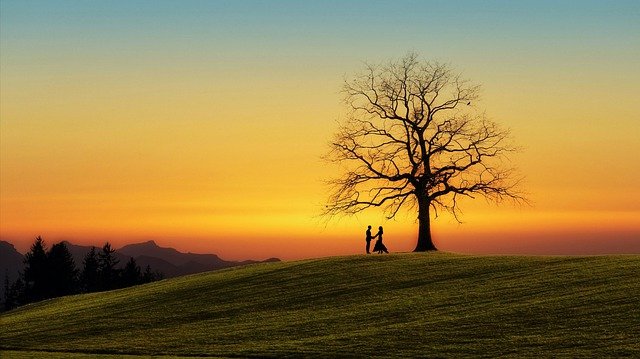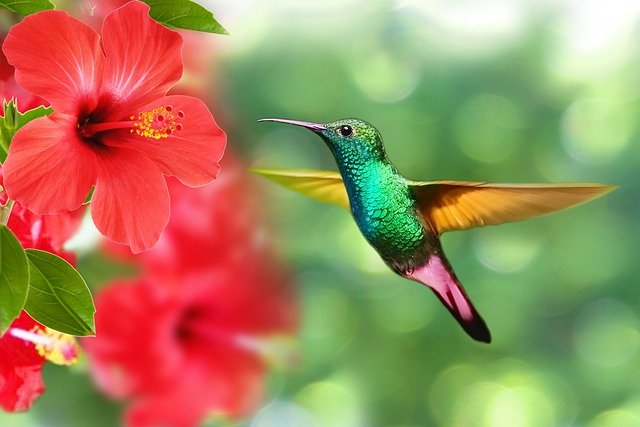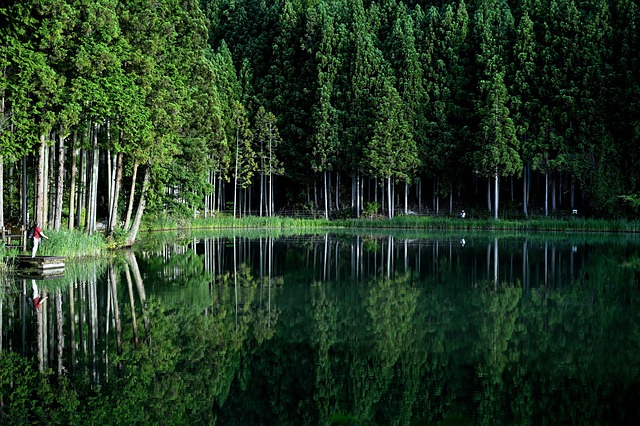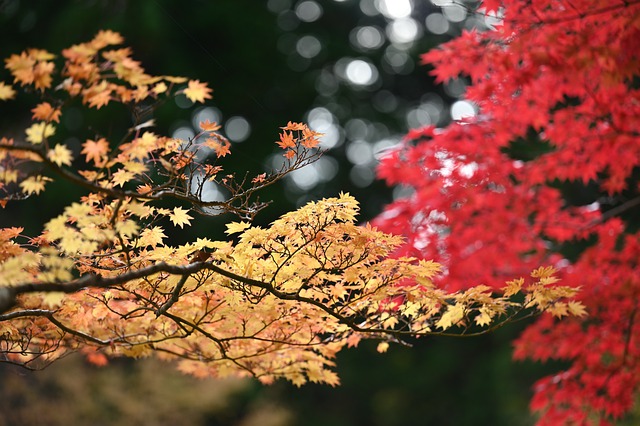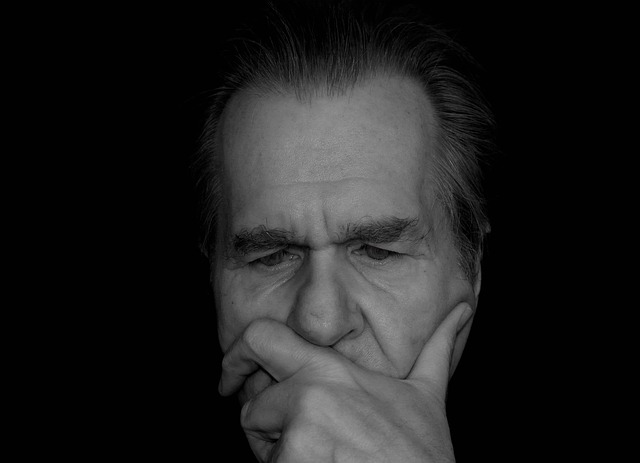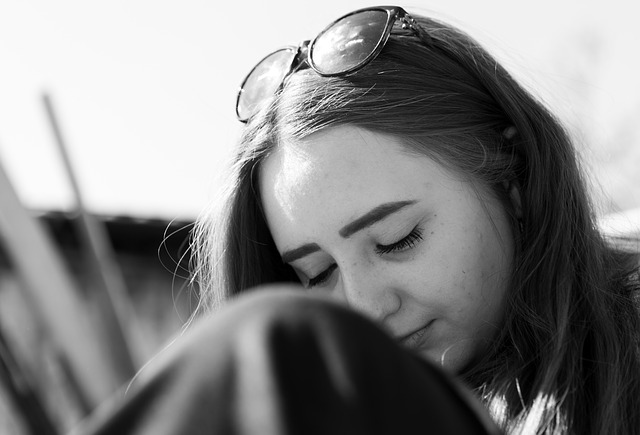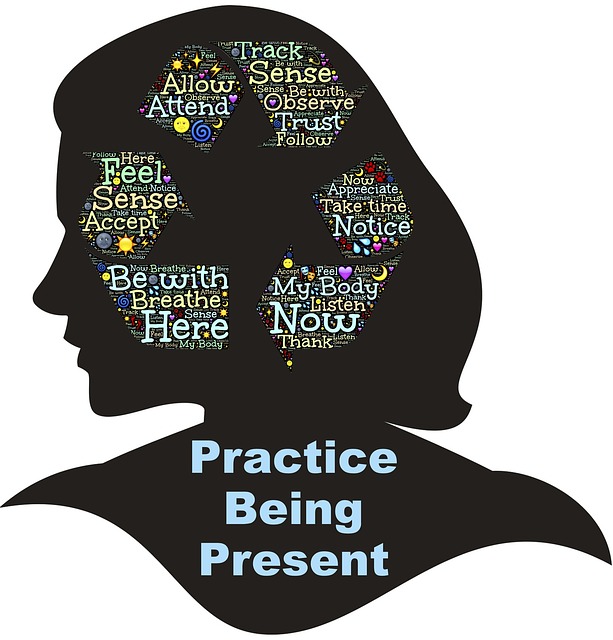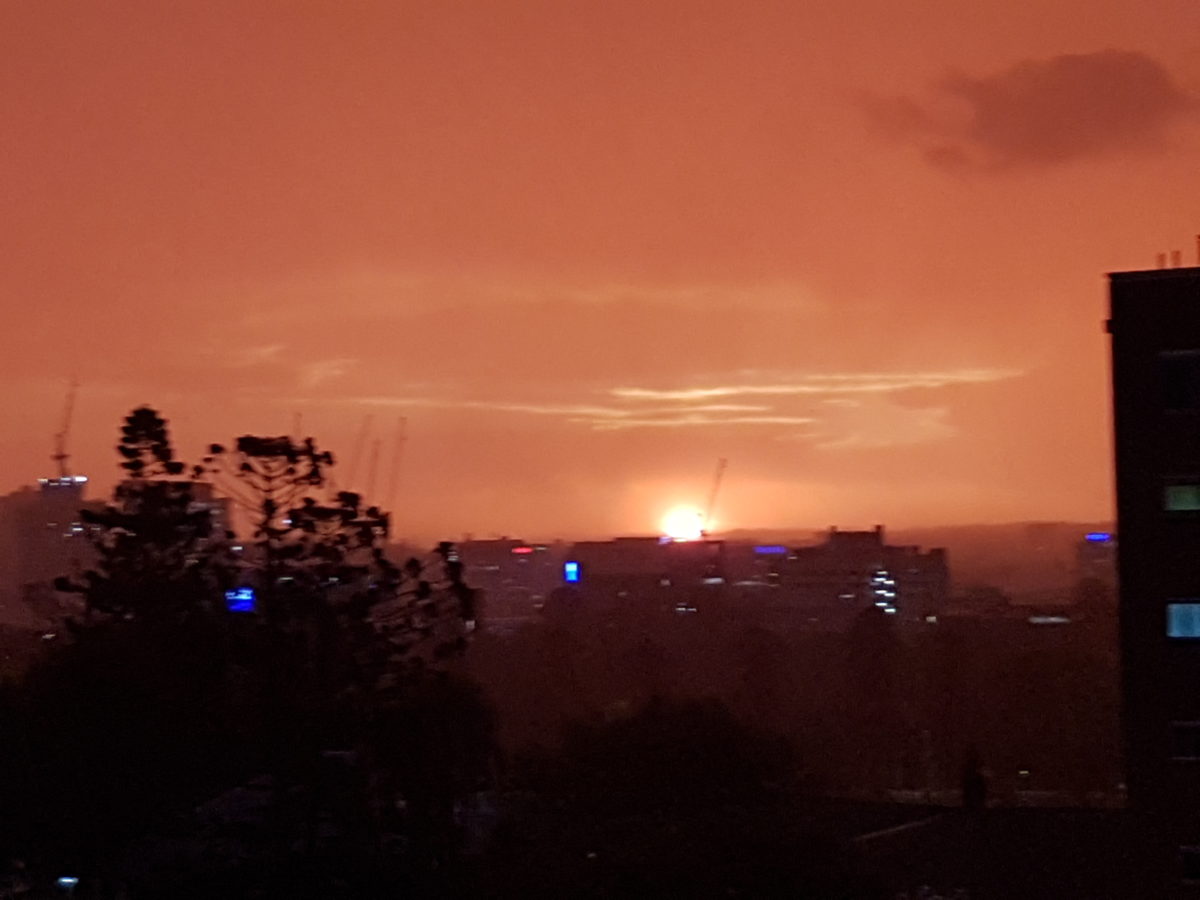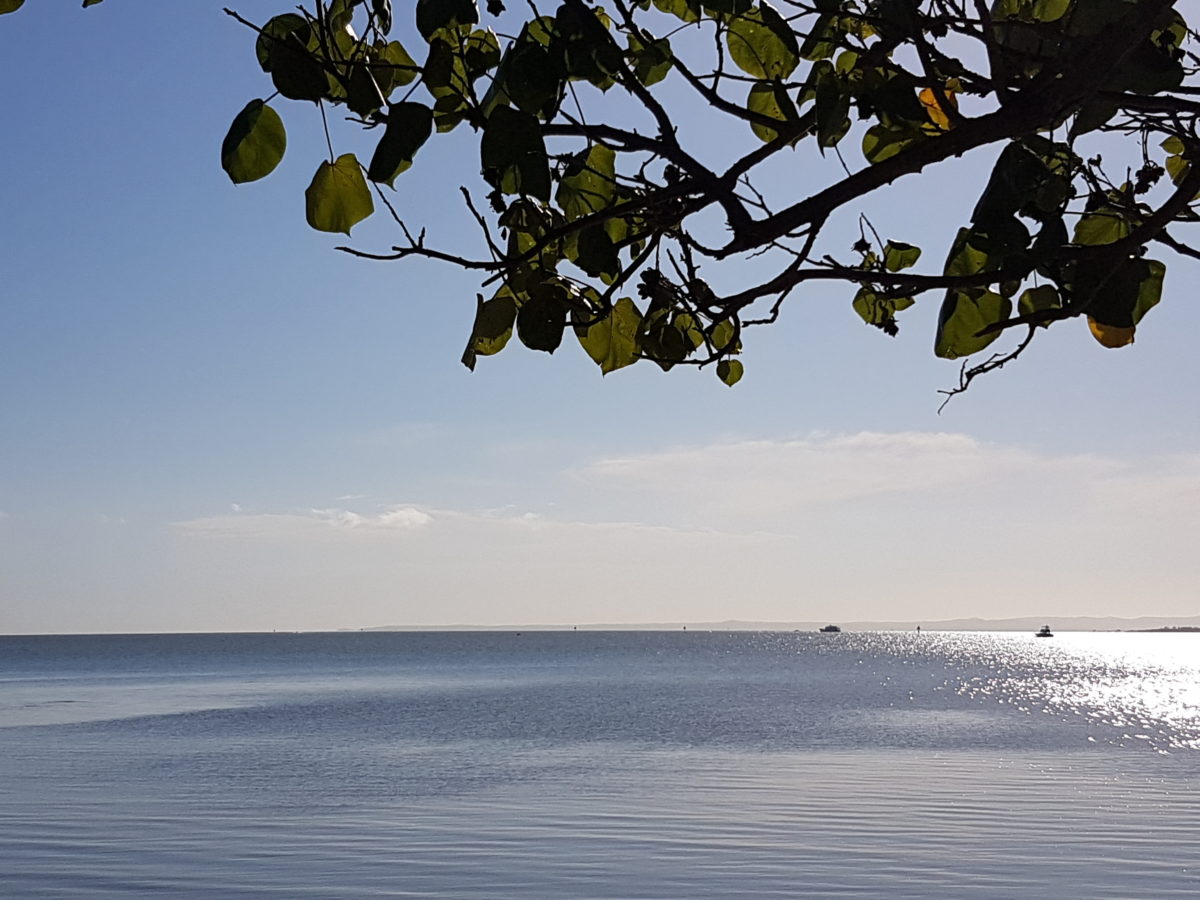Frank Ostaseski in his presentations during the Healing Healthcare Summit focused on openness and curiosity. In the process, he revisited two of the key lessons of living and dying that he had previously written about – (1) welcome everything, push nothing away and (2) cultivate a don’t know mind.
Openness – welcome everything
Frank suggests that we need to be able to meet whatever our life circumstances bring our way and do so in a way that we are open to the full range of thoughts and emotions involved. He reminds us that life is a series of constant changes, e.g. loss of a job, death of a close family member, change In financial circumstances or location. He encourages us to meet these changes as if welcoming a familiar person at our front door. He draws on James Baldwin’s insightful comment for his rationale – “Nothing can be changed, if it is not first faced”.
Frank reminds us that denial or ignoring unpleasant experiences does not create freedom, only servitude. He encourages “fearless receptivity” – awareness of fear without imprisonment by it. He maintains that mindfulness involves moment to moment awareness of everything we are experiencing – bodily sensations, thoughts and emotions. In this openness lies true freedom – because we are fully aware of what is happening to us and conscious of our habituated responses and yet able to regulate our emotions and explore alternative ways of responding.
Frank suggests that sometimes mindfulness practices involving “precise attention” to a single thing, e.g. a word or our breathing can create something of a struggle or tension in our minds and somewhat defeat the purpose of the practice. He contends that the practice of “open boundless awareness”, sometimes called “natural awareness”, can be more liberating when we feel constrained by a focused meditation practice. He offers awareness of the sky and its vastness as an example. He also provides a mini-practice that can help to engender this sense of boundlessness.
In the mini-practice, Frank encourages us first to become grounded and relaxed so that we can focus on the meditation. He then encourages us to take in the space above us, to our left, then to our right, followed by the space below and in front of us. An alternative to this, is to focus on the sounds that surround us, progressively shifting our focus onto the soundscape in the directions that Frank mentions above. Frank suggests that we treat distracting thoughts like birds flying past, not landing or hovering above.
Becoming more curious and less critical
This topic was the theme of his second presentation during the Summit and aligns with his exhortation to “cultivate a don’t know mind”. Frank argues that mindfulness is not about searching for some future enlightenment goal but becoming “up close and personal” with ourselves. He contends that our aim is to become “intimate” with ourselves and every aspect of our lives, pleasant and unpleasant. He explains that this is the path to true liberation and reinforces the view that “the path is right beneath your feet”.
In cultivating intimacy with ourselves we will become aware of parts of ourselves that we do not like. In Frank’s view, the inherent challenge is to be able to “tolerate intimacy” – be able to fully face up to who we are really, warts and all. In his podcast interview with Whit Missildine, Frank addressed the question, “What if you witnessed a thousand deaths?” – a question that was based on his personal experience as End-of-Life Teacher, Founding Director of the Zen Hospice Project and Director of the Metta Institute. Frank maintained that the ways we define ourselves will be stripped away in the process of dying and death. He contends that throughout life we live a delusion about ourselves – we project an image that is not our real self, but our imagined or idealised self. He has witnessed numerous people expressing regret as they lay dying – regrets about what they have done of failed to do. In dying, we are confronted with who we really are.
Frank maintains that when people are dying they have no interest in, or energy for, maintaining an illusion of who they are and cease to be concerned about what others think about them. He suggests that it behoves us during life to express remorse rather than regret – because remorse confronts the unpleasant side of ourselves and motivates us to avoid similar actions or omissions in the future. As we grow in intimacy with ourselves through meditation, we can progressively strip away the illusions about who we are through a process of loving kindness and forgiveness towards ourselves, avoiding harsh self-criticism.
Frank argues that In developing intimacy with ourselves, we become acutely aware that we are not separate but connected to everyone. He maintains that in this deep learning about ourselves, we develop a “deep sense of belonging” – an acute recognition of our interdependence and a strong desire to move beyond our limiting self-centredness. He suggests that a simple practice is to just “pause” throughout our day, taking a break from the busyness of life, and to focus on our experience as it is occurring. Frank contends that “mindfulness emerges from a relaxed heart and mind”.
Reflection
Frank has learned so much through observing the process of dying and death and willingly shares the lessons he has learned. He explains that he learns from the dying as they learn from him – there is a reciprocity about his engagement with them. He is humbled and amazed by what he learns and yet he recognises that he still harbours a fear of death because of its uncertainty. Frank has detailed his lessons learned in his book, The Five Invitations: Discovering What Death Can Teach Us About Living Fully.
Regrets are a natural response in the event of someone dying who is close to us (or not as close as they should have been). I can certainly acknowledge that I had regrets on the recent death of my brother Pat. However, as Frank suggests, remorse is a better option. With remorse we can revisit what we have said and done or failed to say and do, give ourselves forgiveness and express the intention to do better in the future. We can reflect on our individual regrets and ask ourselves:
- What will I do more of in the future?
- What will I do less of?
- What will I stop doing?
- What will I start doing?
As we grow in mindfulness through reflection, meditation and other mindfulness practices, we can develop intimacy with ourselves, recognise our connectedness, deepen our connection with others and learn the profound lessons from death and dying.
_____________________________________
Image by Tommy_Rau from Pixabay
By Ron Passfield – Copyright (Creative Commons license, Attribution–Non Commercial–No Derivatives)
Disclosure: If you purchase a product through this site, I may earn a commission which will help to pay for the site, the associated Meetup group, and the resources to support the blog.
